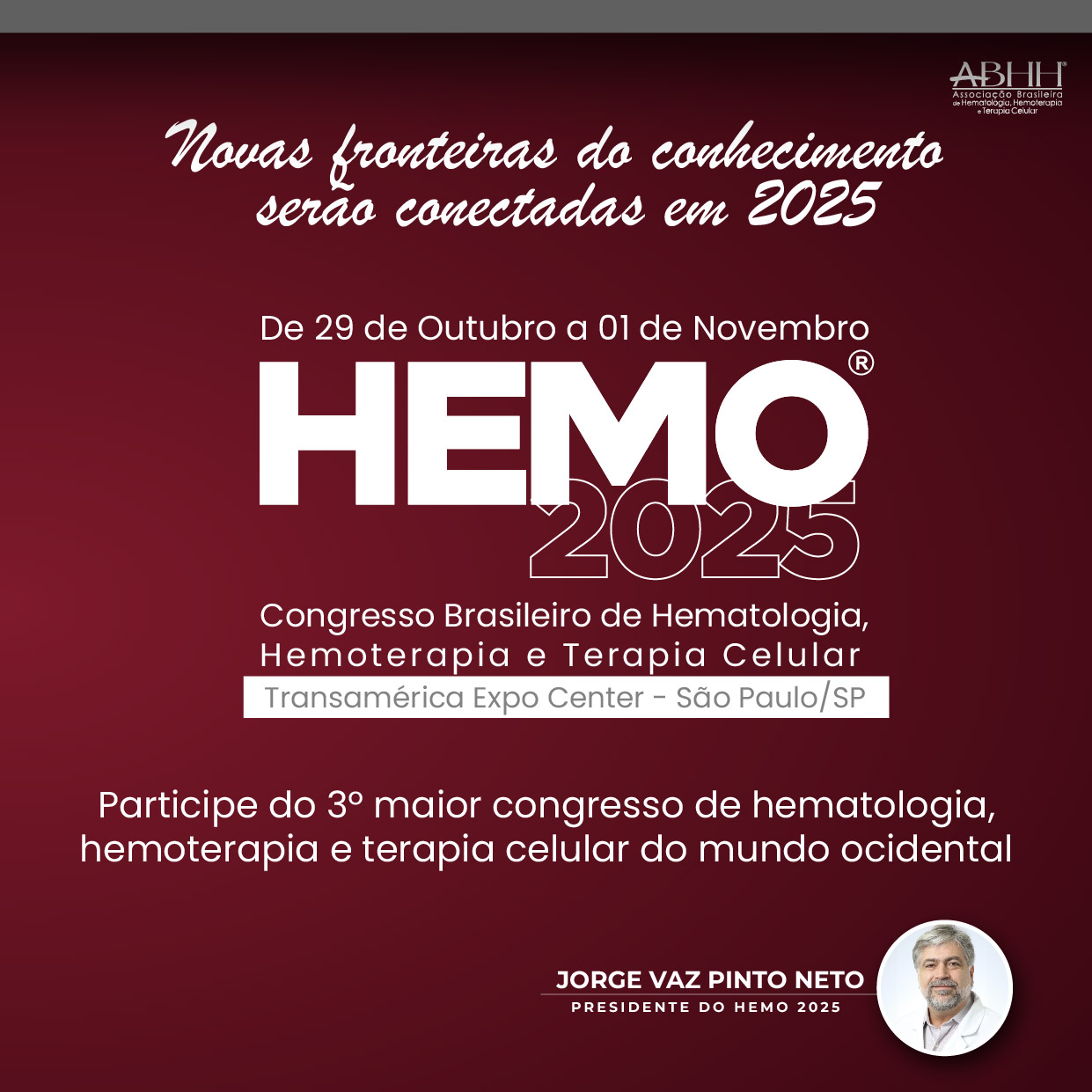
In this study, we aim to evaluate the safety, efficacy and response rates of venetoclax and HMA combination therapy in patients with AML and MDS. This study provides outcomes from a tertiary care center in Pakistan, giving insights into the outcomes and impact of this therapeutic regimen in a resource-limited country.
MethodologyWe conducted a retrospective analysis on 96 patients of which 54 patients had AML and 42 had MDS. All the patients received venetoclax combined with HMA at a single center from January 2020 to December 2024. The primary outcomes measured for AML were Overall Survival (OS), Progression Free Survival (PFS) and response rates (Complete Remission [CR], Partial Remission [PR], Stable Disease [SD] and No Response [NR]) while for MDS response was assessed as per IWG criteria.
ResultsAML cohort (n = 54) had a male-to-female ratio of 2:1, median age of 52 (IQR:37‒62.2). Risk stratification showed good risk in 3 (5.6%), intermediate in 37 (68.5%) and poor risk in 14 (25.9%) patients. Treatment was given in first line in 41 (75.9%). Indications for first line treatment were age or frailty in 27 (50%), infections in 3 (3.9%) and cardiotoxicity in 2 (3.8%). Total 44 (81.5%) patients received azacytidine and 10 (18.5%) decitabine. Overall Response Rate (ORR) after cycle 1, cycle 2 and EOT was 26 (48.1%), 34 (63%) and 36 (66.7%), CR rate was 15 (27.8%), 27 (50%) and 30 (55.6%) respectively. High dose cytarabine consolidation and venetoclax maintenance were given to 5 (9.3%) and 10 (18.5%) patients respectively. Seven (12.9%) patients underwent HSCT of which 5 (71.4%) received allogenic, 1 haploidentical and 1 received autologous transplant (28.5%). ORR at last follow-up was 27 (50%) of which 24 (88.8%) had CR and 3 (11.1) had CRi. There was no response in 14 (25.9%) and disease relapse in 10 (18.5%) patients. The OS of AML cohort was 77.4% with median 1250 survival days (95% CI 139‒2360) and DFS was 52.8% with median survival 438 days (95% CI 65‒761). The MDS cohort (n = 42) had a male-to-female ratio 9.5:1 with 51-years median age (IQR: 36.5‒57.5). Genetic mutations were present in 3 (7.3%) of which TP53 mutation, del7q were present in 1 each whereas 1 patient had ASXL1, TET2 EZH2, RUNX1 and STAG2 mutations. The median R-IPSS and IPSS scores were 5 (IQR: 4.2‒6) and 1.5 (IQR: 0.75‒2) respectively. Thirty-one (73.8%) patients received azacytidine and 11 (26.2%) decitabine. ORR at cycle 1, cycle 2 and EOT was 12 (28.6%), 21 (51.2%), 18 (42.9%) with CR rates of 2 (4.8%), 11 (26.2%) and 11 (26.2%) respectively. Febrile neutropenia was observed in 23 (54.8%) and cycles were interrupted due to cytopenia’s in 23 (54.8%) patients. Seven (17.1%) patients received allogenic HSCT and 2 (4.9%) received haploidentical HSCT. Five (12.2%) patients received venetoclax maintenance. Eight (21.1%) patients had disease relapse. The OS of MDS cohort was 59.5% with median 907 survival days (95% CI 386‒1424) and The DFS was 44.4% with median survival 528 days (95% CI 336‒719).
ConclusionVenetoclax in combination with HMA represents an effective therapeutic strategy for AML and MDS in the real-world setting, even in resource limited settings.






